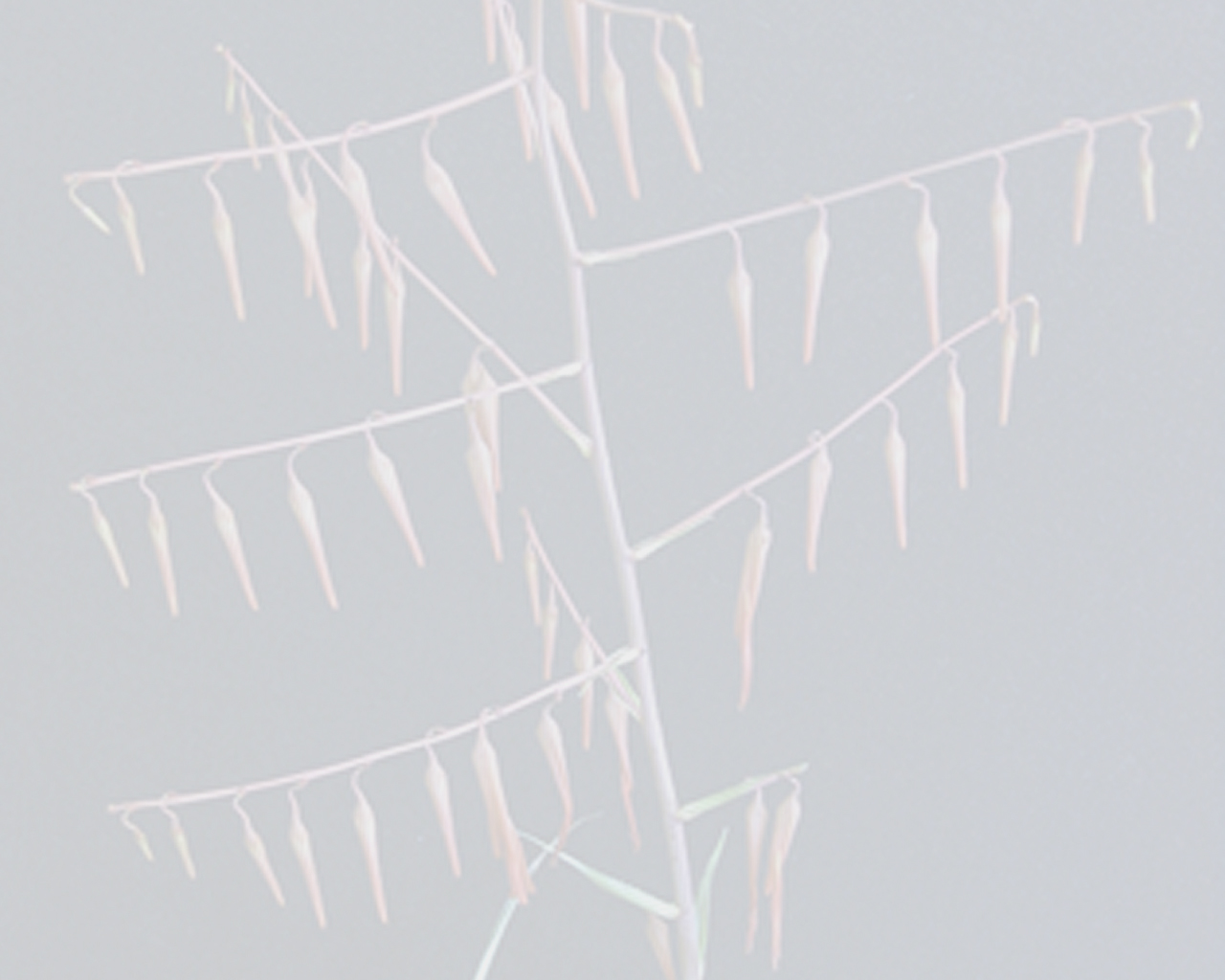


plant incompletely known, clustering. leaves densely rosulate, apparently monomorphic, 25 to 30 in number, 65–100 cm long, very thin and delicate; sheath ovate 5-l0 x 8–10 mm, nerved, lustrous, sparsely pale stellate-lepidote especially abaxially, forming an ovoid pseudo¬bulbous base; blade setaceous, 1–3 mm wide, involute, with a few brown antrorse 0.25¬–0.50 mm long marginal spines toward the base, elsewhere entire, very sparsely pale-lepidote especially abaxially. inflorescence: peduncle incompletely known, 1.5 mm thick, stiff, fugaceously densely pale lanuginous-lepidote; peduncle bracts spreading to erect, setaceous, much exceeding the internodes but not concealing them, to at least 6 cm long, entire, fugaceously pale lanuginous-lepidote; in¬florescence incompletely known, simple, 10 to 12-flowered; floral bracts triangular 5–8 x 2–4 mm, thin, coriaceous, nerved, apically pale stel¬late-lepidote. flowers with a slender 8–9 mm pedicel, erect preanthesis becoming secund pen¬dant postanthesis; sepals elliptic, acute, 10–11 mm, thin coriaceous, nerved, glabrous, the ad¬axial pair carinate, the keels continuing to the pedicel; corolla semi-tubular; petals ligulate, acute, 28–33 mm long, unappendaged. fruits a dry capsule ca 3/4 superior, 8–10 mm long; seeds narrowly winged.Edited from (21-02-2023): Luther 2009b. (protologue) Pepinia martinellii from Pará State is described. It is compared and contrasted with P. limae (L.B. Sm.) Varad. & Gilmartin from Ceará State. .